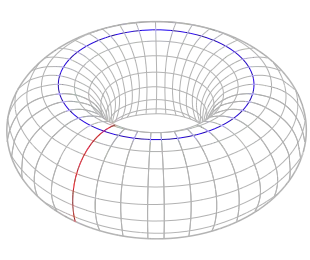When reading some literatures on topological insulators, I've seen authors taking Brillouin zone(BZ) to be a sphere sometimes, especially when it comes to strong topological insulators. Also I've seen the usage of spherical BZ in these answers(1,2) by SE user Heidar. I can think of two possibilities:
(1)Some physical system has a spherical BZ. This is hard to imagine, since it seems to me that all lattice systems with translational symmetries will have a torodal BZ, by the periodicity of Bloch wavefunctions. The closest scenario I can imagine is a continuous system having $\mathbf{R}^n$ as BZ, and somehow(in a way I cannot think of) acquires an one-point compactification.
(2)A trick that makes certain questions easier to deal with, while the true BZ is still a torus.
Can someone elaborate the idea behind a spherical BZ for me?
Update: I recently came across these notes(pdf) by J.Moore. In the beginning of page 9 he mentioned
We need to use one somewhat deep fact: under some assumptions, if $π_1(M) = 0$ for some target space $M$, then maps from the torus $T^ 2\to M$ are contractible to maps from the sphere $S^2 \to M$
I think this is a special case of the general math theorem I want to know, but unfortunately Moore did not give any reference so I'm not sure where to look.
EDIT: The above math theorem is intuitively acceptable to me although I'm not able to prove it. I can take this theorem as a working hypothesis for now, what I'm more interested in is, granted such theorem, what makes a $\pi_1(M)=0$ physical system candidate for strong topological insulators(robust under local perturbations), and why in $\pi_1(M)\neq 0$ case we can only have weak topological insulators.
Crossposted: When can we take the Brillouin zone to be a sphere?
